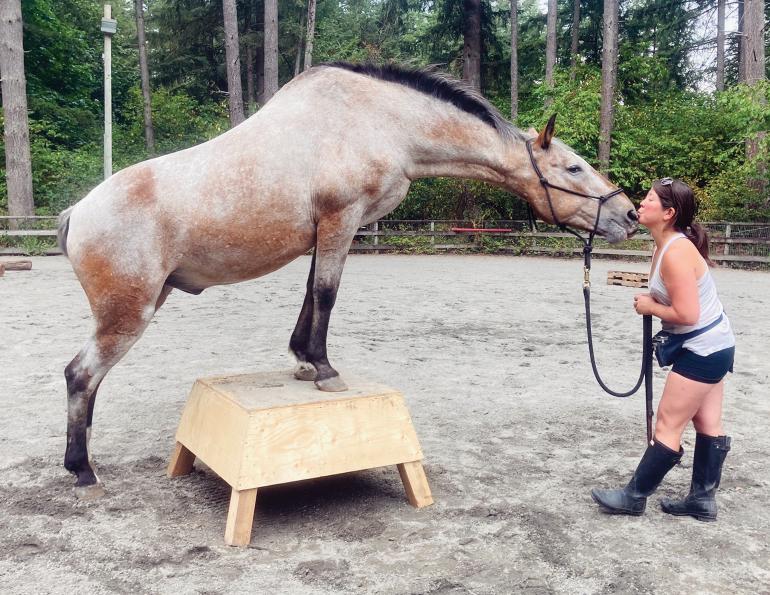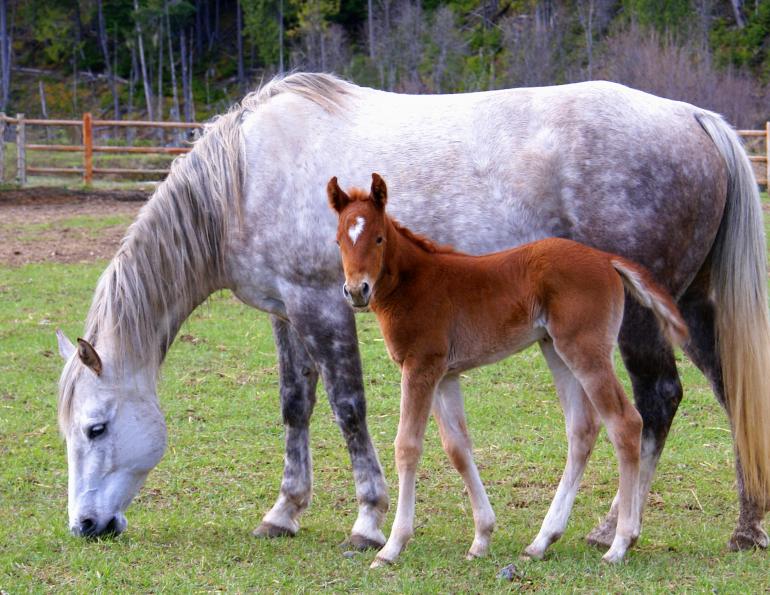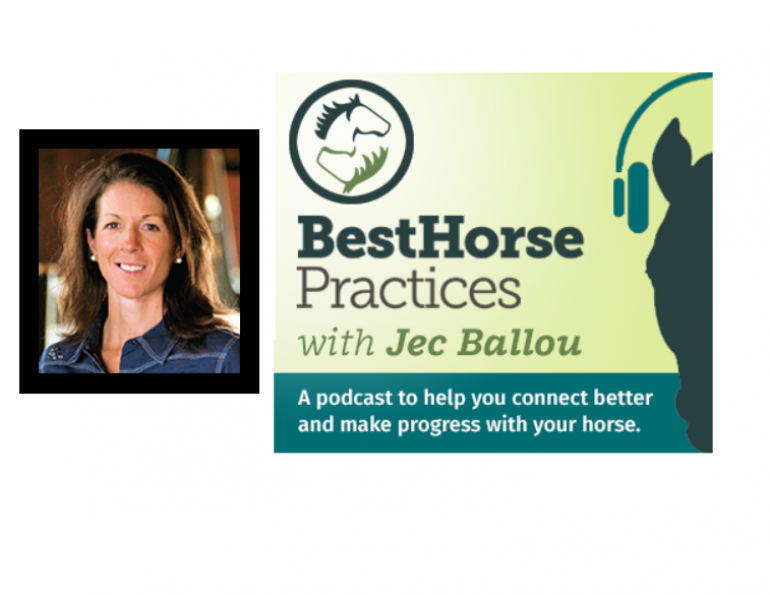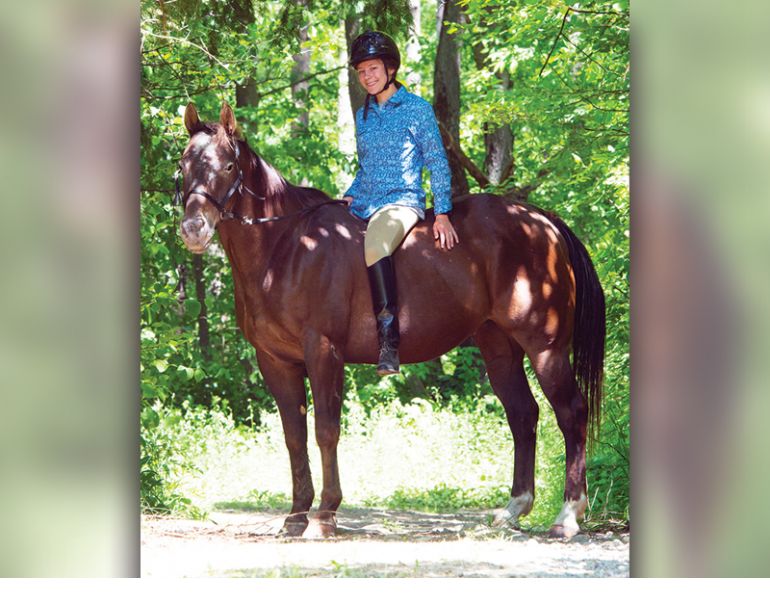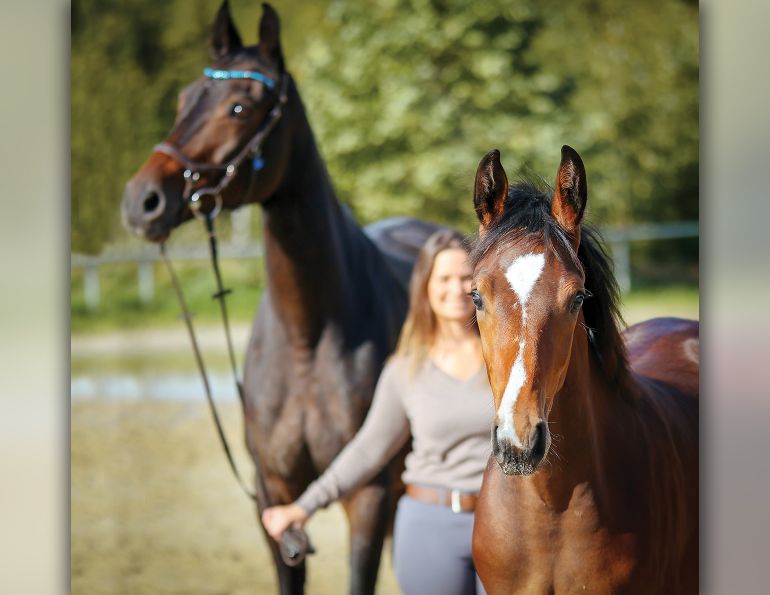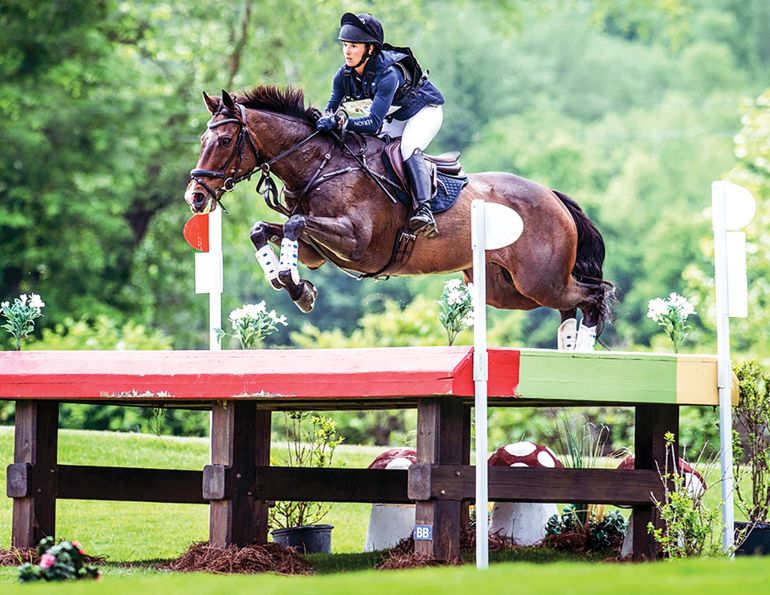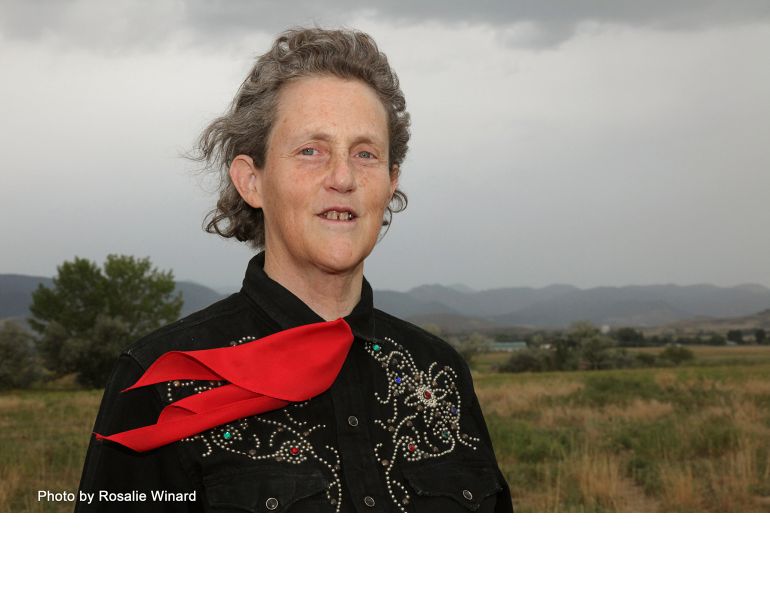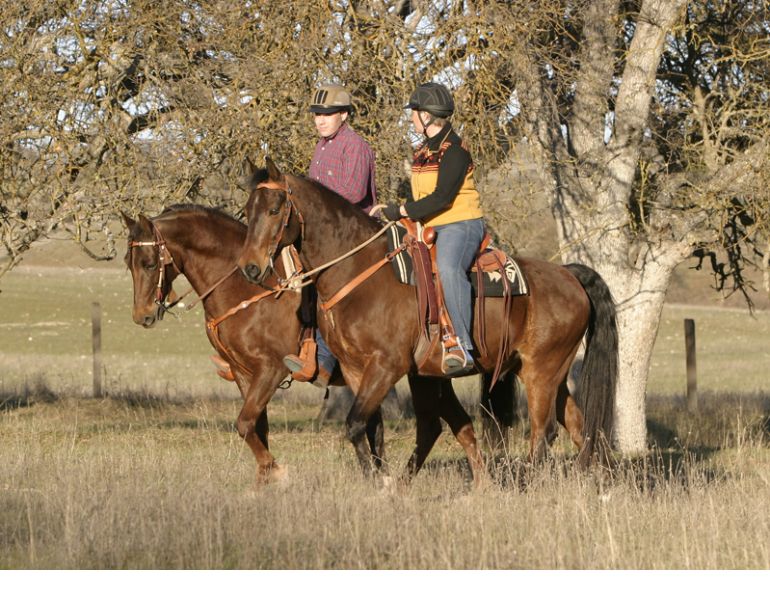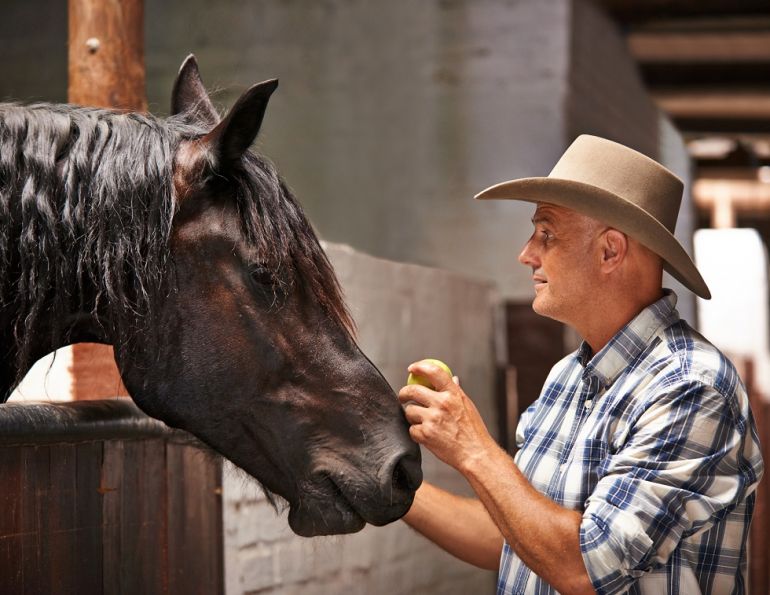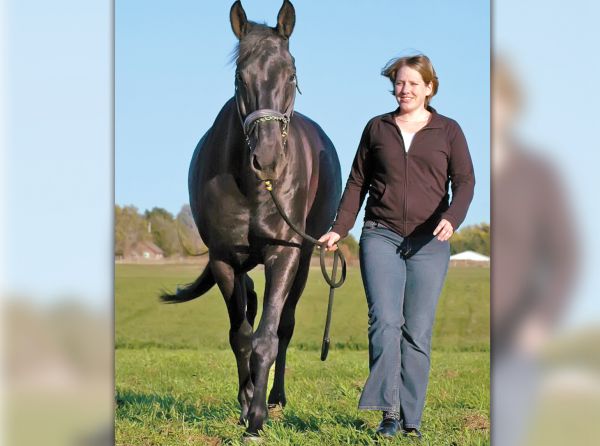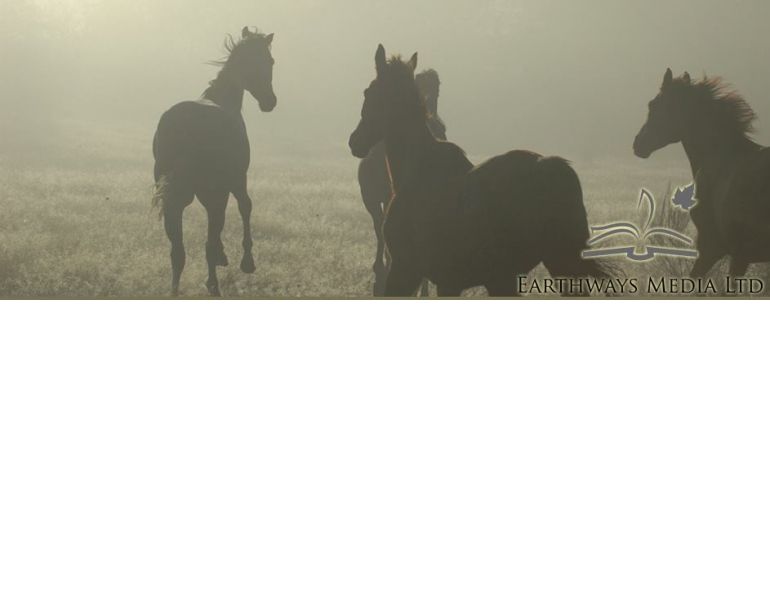Vibrant Life Beyond 20
By Alexa Linton, Equine Sports Therapist
Recently, I spent time with a horse named Sparky who is estimated to be over 40 years old. Understandably, you may be visualizing a tottering shell of a being, held together by medication and hay cubes, but this could not be further from the truth. Sparky is a sound, vital, cheeky, engaged fellow and the leader of the pack, although his teeth no longer work well for chewing hay. Out of curiosity, I studied his lifestyle, diet, way of being, and exercise routine with hopes of gleaning some insight to help me support my more “mature” equine clients as well as my own mare Diva, who turned 22 years old this past May.
It’s a curious (and sad) thing in the horse industry that generally by age 20 a horse is considered too old to be “valuable” or “useful.” Watching Diva and the miracle that is Sparky, I’m convinced that, given the right support, many horses can thrive into their 20s, especially if we’re “playing the long game.”
What do I mean by playing the long game? Very often, horses are ridden and worked hard in their younger years and worked when they are too young. In addition, they’re fed for short-term performance rather than long-term well-being and kept in environments that place undue stress on their systems over extended periods of time. These factors slowly wear away at the health and function of their bodies and minds. My sincere hope is that more of us will begin to support our horses in ways that allow them to live the longest and healthiest lives possible, and we will do this by riding, feeding, and providing the living environments that allow them to thrive in the long term. We will make choices for them that prioritize longevity over fast results, performance, and convenience.
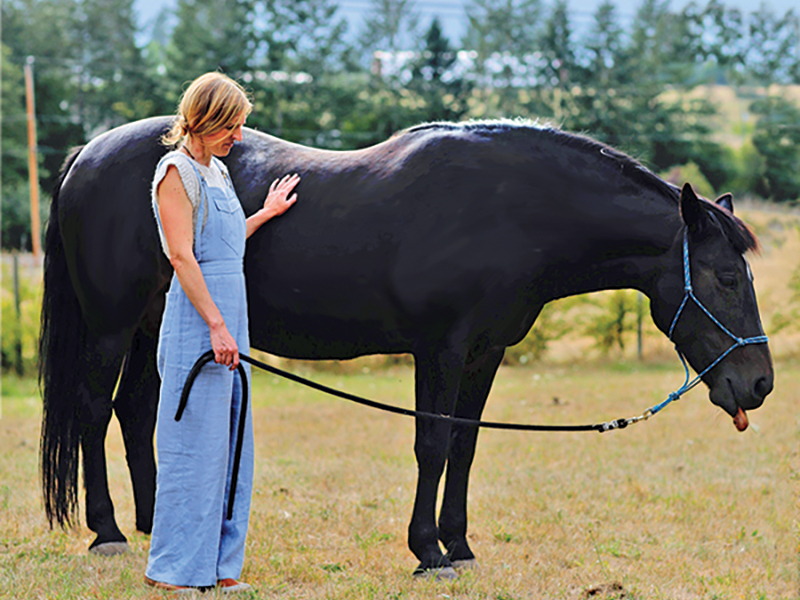
The author and her 22-year-old mare Diva. Photo courtesy of Alexa Linton
Let’s take a closer look at Sparky. Being a bit of a wonder horse, his vitality and longevity will always be somewhat of a mystery to me. We can definitely chalk some of it up to genetics (those Appaloosas!) and mindset, but there are other elements we can all learn from. First, Sparky was incredibly lucky to find his forever home with equine therapist Elisse Miki of Equilibria Therapeutics, who specializes in rehab for elder horses — the photo at the beginning of this article shows how much they enjoy each other’s company. Miki prioritizes Sparky’s mind and body health using groundwork and clicker training to add fun, with strength building and flexibility exercises including work with the pedestal, poles, and other obstacles. She also takes him on hand walks three or four times a week and gears his nutrition program towards his needs as an elder. He lives outside 24/7 with his herd of six, three of whom are also over 20 years of age, in a Paddock Paradise track system with numerous haynet feed stations providing forage, trees and sheltered areas, varied footing, obstacles and enrichment areas, as well as plenty of social engagement.
Similarly, Diva lives with her herd (my other mare Raven), has 24/7 access to forage, enrichment areas including obstacles and varied terrain, and I am currently in the process of building a track system. When we ride or do groundwork we start slowly and take a good while to warm up with 10 to 15 minutes of walk, then some easy lateral work and small amounts of trot to lubricate her joints and help her relax and find her rhythm. I notice that her topline is dropping as she ages so I do rehab exercises with her two or three times per week, including bowing, tail oscillations, belly lifts, in-hand lateral work or pole work, and under-saddle work with her strength and core integrity in mind. At 22, Diva is more capable under saddle than she has ever been, and I focus on building strength, stamina, and skills while keeping things fun and interesting. It is my wish that she will live forever, but more realistically I’m hoping for age 30.
It is a very sad reality that many of our horses don’t make it to their 20s due to unforeseen illness, colic, accidents, or pain. In a future article I will write more about navigating this loss as it is so challenging, and I extend condolences to any readers who have had to move through such a loss. For today, I’m going to focus on helping those who are stewarding horses that are approaching their 20s or living past that age. Here are some ways that you can promote longevity in your horses, even if they may not have Sparky-like genes and swagger.

The horse’s living environment should be as natural as possible to allow him to thrive in the long-term. Photo: iStock/OlgalT
Focus on the Long Game
Even if your horse is a youngster, you can view your training, choice of environment, nutrition, and skill-building through this lens. You’ll be setting your horse up for a greater chance of a long and healthy life if you train for longevity by holding off on any intensive training until the horse is at least five or six years of age. This will allow full fusion and integrity of joints and maturation of the brain, building up from the ground to improve relaxation and integrity under saddle when you get there. The moral of this story: slow and steady wins the race.
Environment is Key
Meeting needs of social engagement and forage, as well as providing enriching and movement-promoting spaces, will improve attitude and adaptation while decreasing stress, with the secondary benefits of enhancing the strength and integrity of tendons, ligaments, and joints. This will support ways of moving that are sustainable while promoting digestive and lymphatic health.
Making small changes to the horse’s environment can have big impacts. These changes may include incorporating a track system and enrichment such as varied footing or obstacles like poles, pedestals, hills, and bridges; making forage accessible for longer times (ideally 17 to 20 hours per day); creating nap zones using softer footing such as sand or chips; and increasing opportunities for play time and unstructured engagement with fellow herd-mates and/or with you. Essentially, the more wild- simulating environments you can create for your horse, the better.
Related: Planning Your Horse's Run-In Shed

Photo: iStock/VM
Find Creative Ways to Spend Time Together
You may not be able to continue to ride or work together as you once did, and that’s okay. Take this opportunity to learn new skills, tools, and training methods. Improve your work on the ground and incorporate home care exercises, stretching, hand walks, and obstacles like poles and pedestals into your time together. There are many ways to spend time that do not require riding or a high level of performance but are just as valuable, and they’re learning-rich and fun. My favourite mentors in this area are Elsa Sinclair, Josh Nichol, Nahshon Cook, and Elisse Miki.
Love Them Up
Regular bodywork, good nutrition, and supplementation are all important parts of the longevity picture. Consistent bodywork has the added benefit of acting like a barometer of your horse’s capacity. The horse’s level of comfort will show in their body and any declining capacity for riding or heavier work, or symptoms of stress or dysfunction, will be noticed sooner and allow you to plot a course to keep them healthy and happy longer. Yes, our aging friends might be an investment, but if it keeps them content, I’m in!
Think: Wise Elder
Change your language to change your mind. Rather than “old,” I think of Diva as a wise elder growing into more potential with each passing year. This takes away some of the stigma of age and allows each horse, no matter their age, to be all they want to be.
Relationships with our horses get richer with age, especially with the right care and attention. As I enter the 19th year of my relationship with Diva, I can attest to this — the connection deepens, the love grows, and we just keep learning more about each other. It’s most definitely a relationship worth investing in. I hope this article offers some insight into how you can support your horses to be their very best into their 20s and maybe, just maybe, well beyond… like the wonder horse, Sparky.
Related: How Horses and Humans Learn, Adapt, and Grow
Main Photo: Elisse Miki and Sparky, the 40-year-old wonder horse. Courtesy of Alexa Linton



